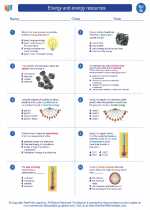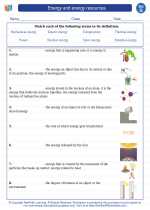Tension
Definition
Tension is the pulling force exerted by a material when it is stretched or pulled apart.
Causes of Tension
Tension is caused by the application of an external force that stretches or pulls a material. This force can be applied slowly or suddenly, and can be the result of mechanical, thermal, or electromagnetic processes.
Units of Measurement
The SI unit of tension is the newton (N), which is equivalent to the force required to accelerate a one kilogram mass at a rate of one meter per second squared.
Calculating Tension
The tension in a material can be calculated using the formula:
T = F / A
Where T is the tension, F is the applied force, and A is the cross-sectional area of the material.
Applications
Tension is a critical consideration in the design and construction of buildings, bridges, and other structures. It also plays a key role in the mechanics of materials, such as the behavior of ropes, cables, and springs. In biology, tension is important in understanding the properties of muscles and connective tissues.
Examples
Examples of tension include the stretching of a rubber band, the pulling of a rope, and the structural forces acting on a suspension bridge.
Conclusion
Understanding tension is essential for analyzing the behavior of materials and structures under various conditions. It is a fundamental concept with wide-ranging applications in science and engineering.
.





